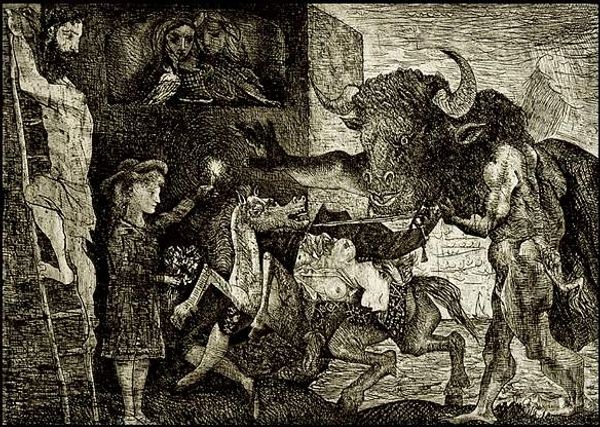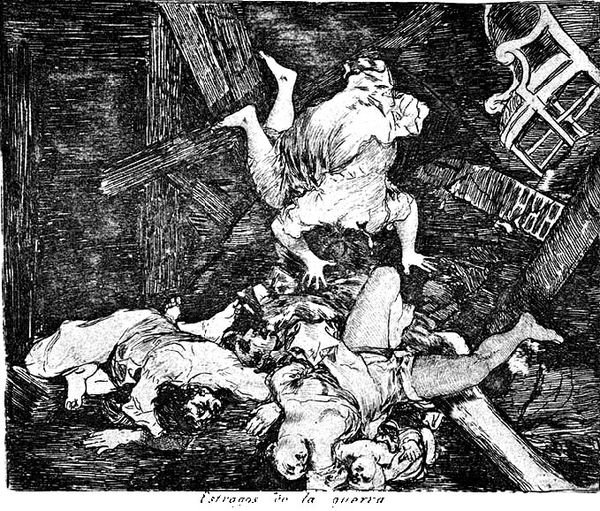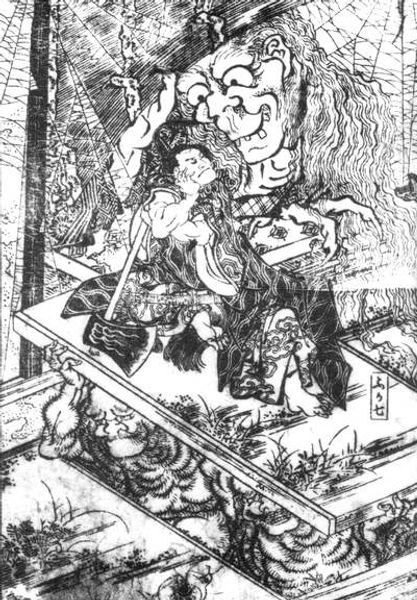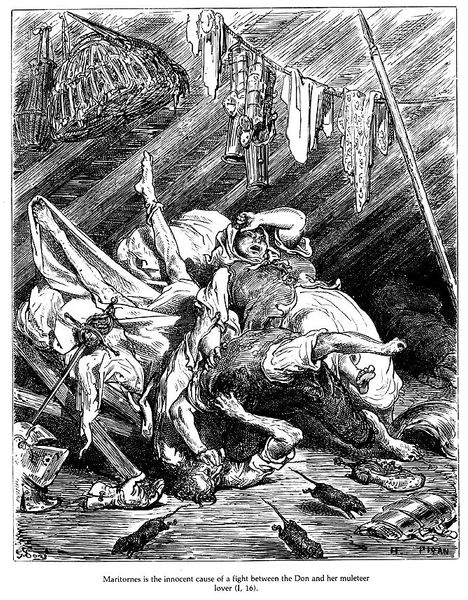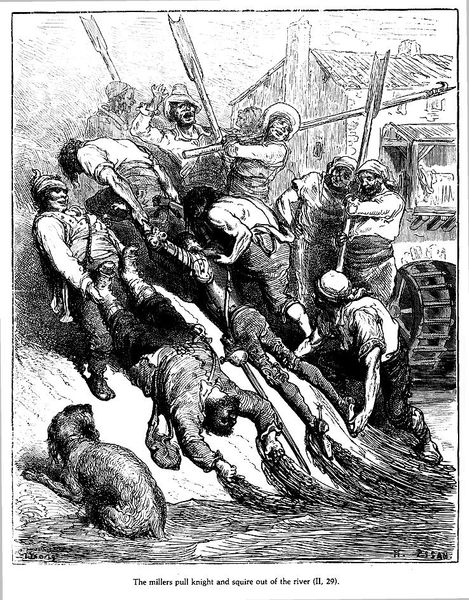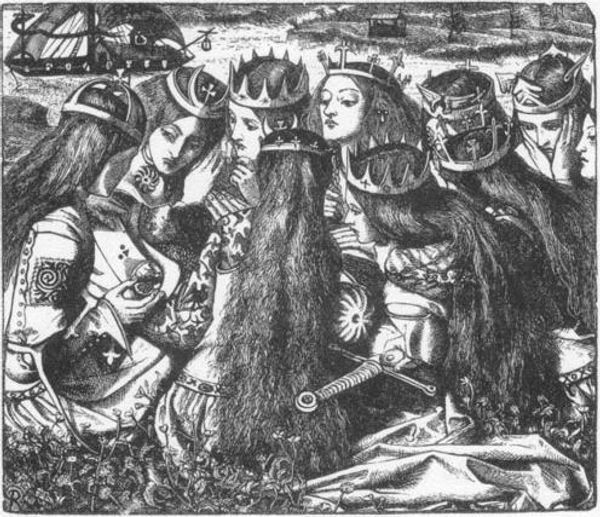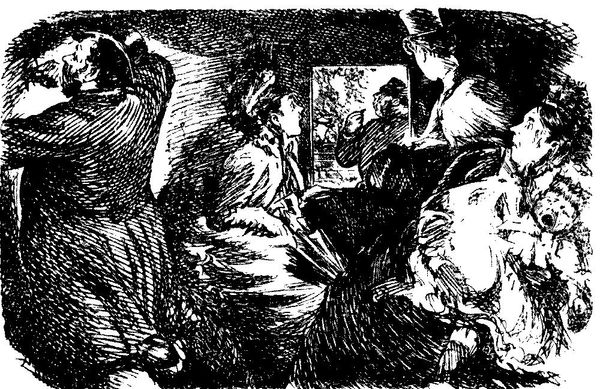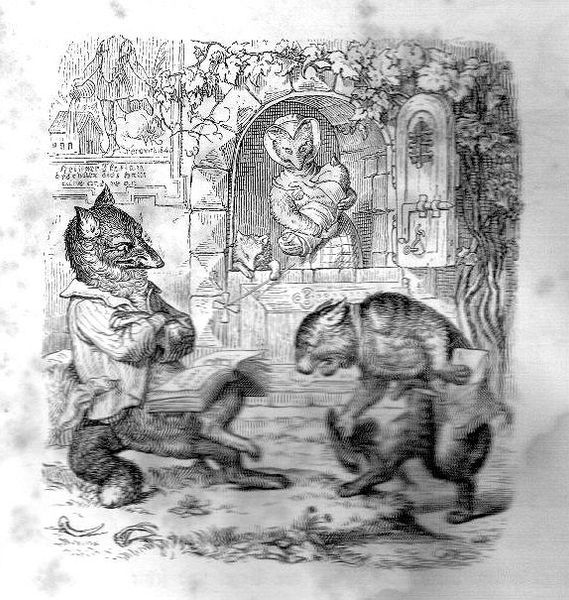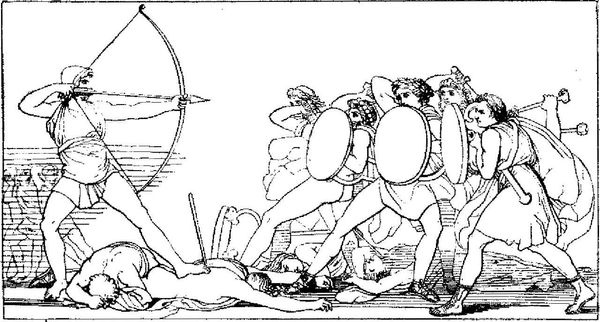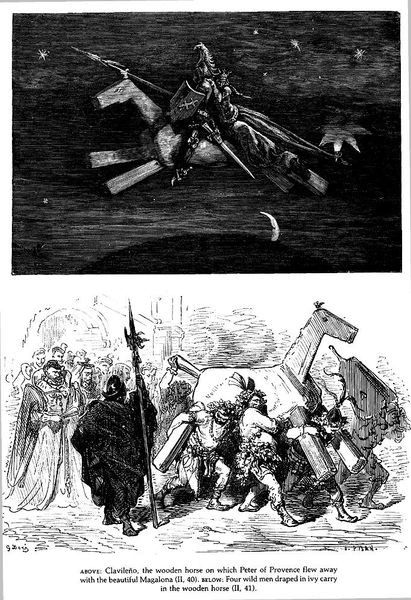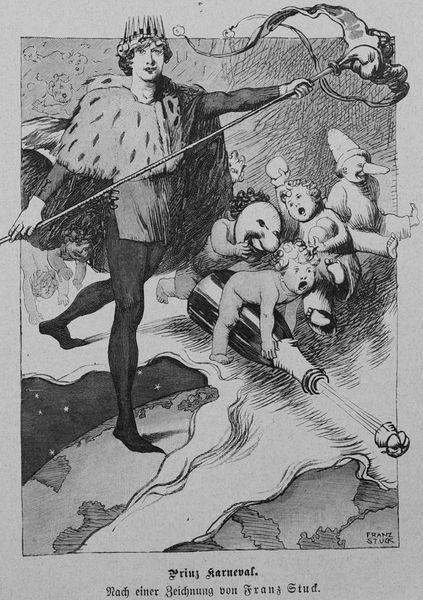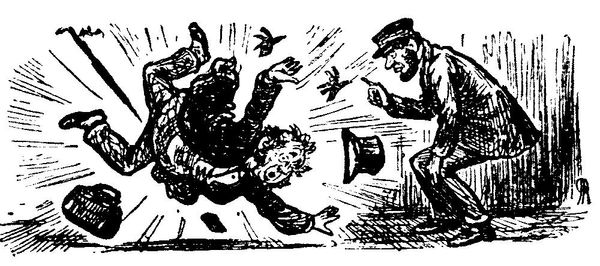
drawing, ink
#
drawing
#
line-art
#
narrative-art
#
comic strip
#
classical-realism
#
figuration
#
ink line art
#
ink
#
ancient-mediterranean
#
line
#
history-painting
Copyright: Public domain
Editor: Here we have John Leech's ink drawing, "Horatius Cocles Defending the Bridge." It's incredibly dynamic. All these figures packed into one space creates a chaotic yet powerful scene. How do you interpret this work in the context of historical narratives? Curator: Leech's image, while seemingly a historical illustration, operates on multiple levels. The visual spectacle serves to mask a more nuanced engagement with themes of power, national identity, and the romanticized, often violent, construction of heroism. Consider, for instance, how the drawing presents a very singular narrative, obscuring potential stories of the defeated or marginalized. What ideological work do you think this romanticisation performs? Editor: That's fascinating! It almost seems like the glorification of a very specific kind of "hero," silencing other perspectives in the process. Like, who gets to be the hero, and who becomes just part of the backdrop? Curator: Precisely! And how does this relate to our understanding of historical events today? Who writes history? The image promotes a specific type of leadership and a defense of territory rooted in exclusion. This "us vs. them" mentality resonates throughout history and up to present day. Editor: It’s made me think about how narratives are crafted and who benefits from specific interpretations of the past. It’s more than just an image of a heroic act; it's about power, representation, and the legacy of conflict. Curator: Absolutely. By engaging with art like this, we start to ask the more important questions: what narratives are prioritised and what stories remain untold? Editor: It’s been so helpful to think about art through the lens of cultural power!
Comments
No comments
Be the first to comment and join the conversation on the ultimate creative platform.
